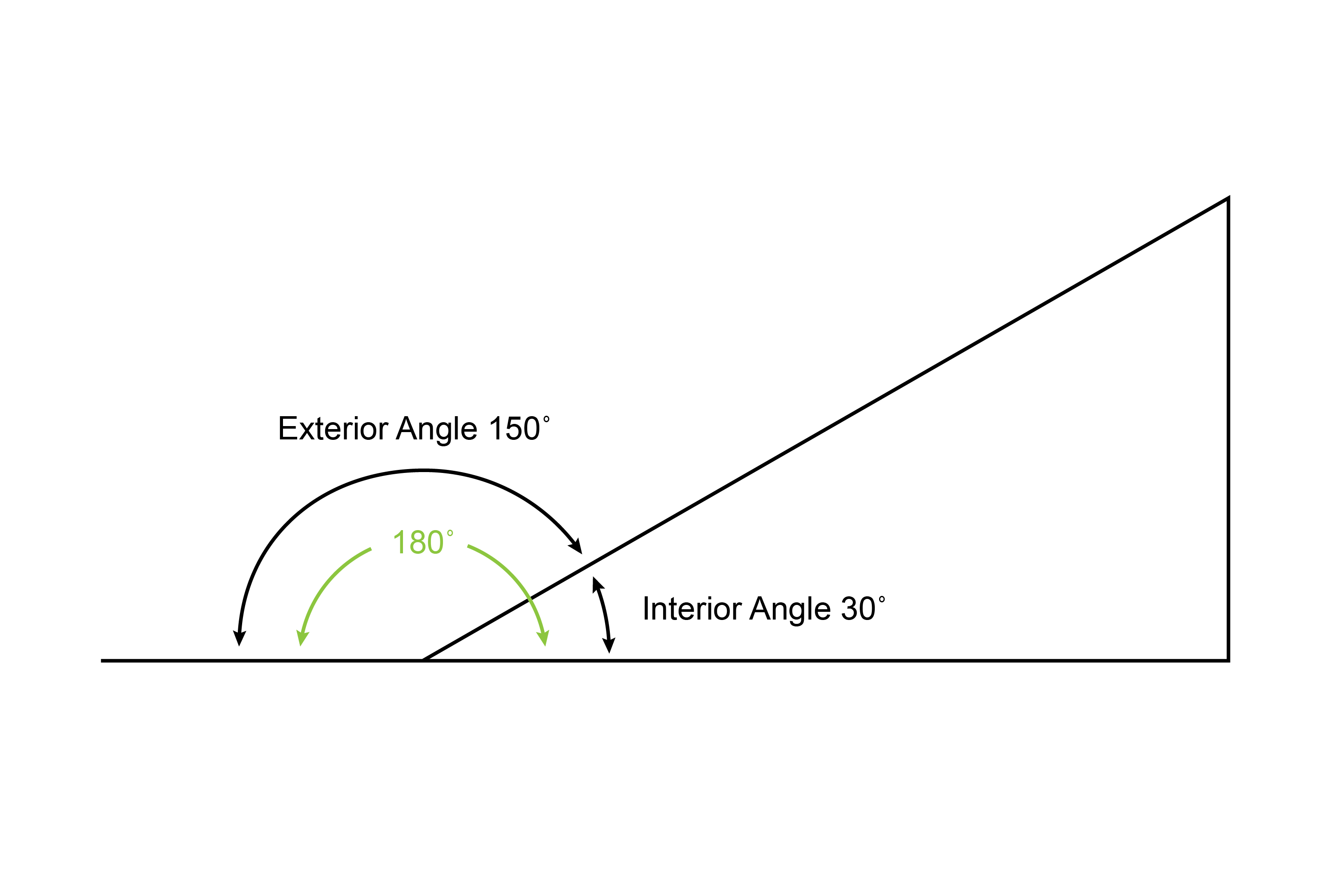geometry flash cards
1/244
Earn XP
Description and Tags
Module 1 to Module 20. 245 flash cards total. Some cards have been minimized to one card and have no images. The images will be resized so that it is easier to use the cards later.
Name | Mastery | Learn | Test | Matching | Spaced |
|---|
No study sessions yet.
245 Terms
Point
An undefined term in geometry, it names a location and has no size

Line
An undefined term in geometry, a straight path that has no thickness and extends forever
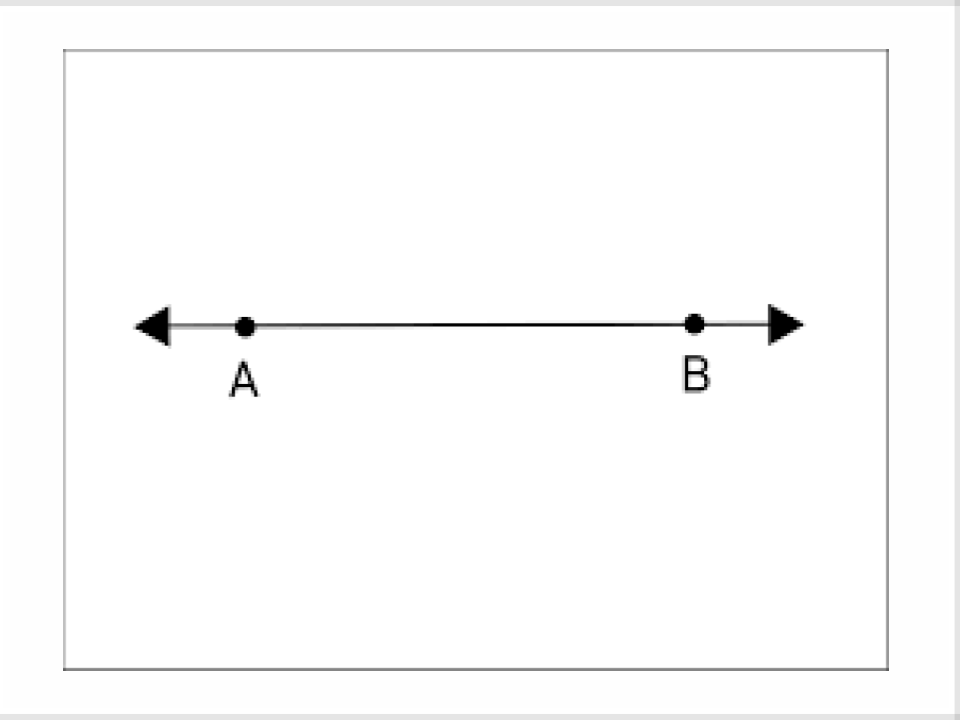
Plane
An undefined term in geometry, it is a flat surface that has no thickness and extends forever
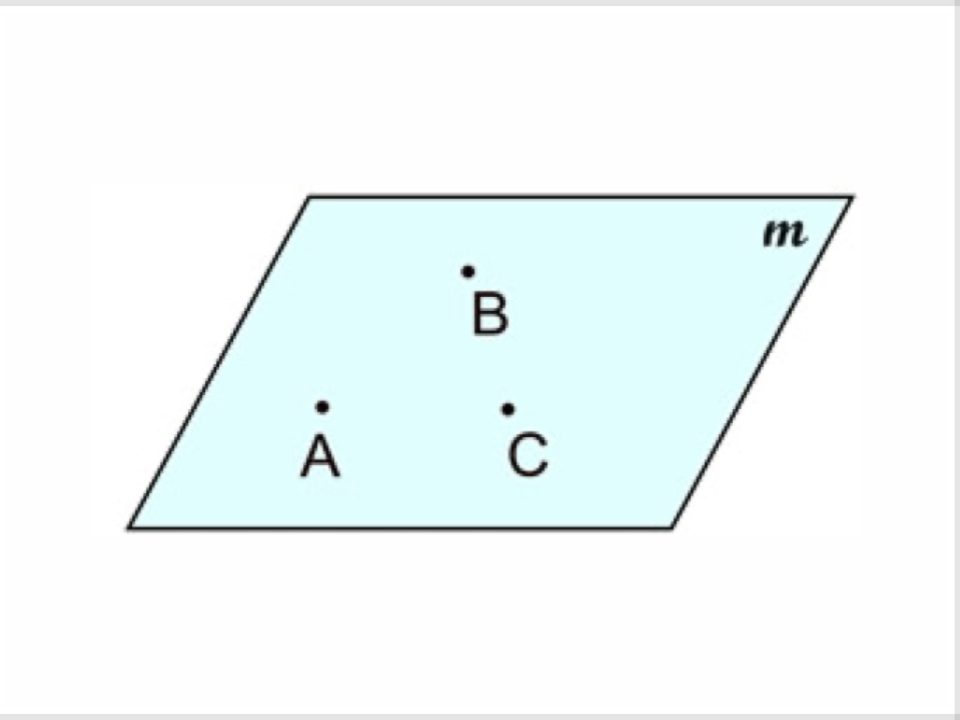
Segment of a Line
A part of a line consisting of two endpoints and all points between them
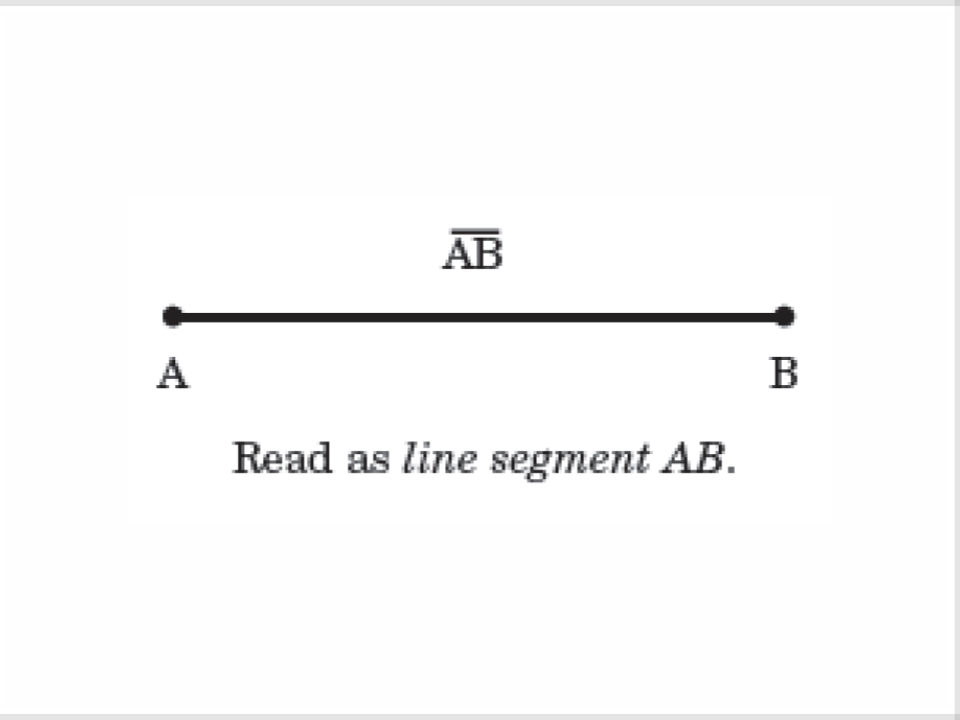
Endpoints
The point at an end of a segment or the starting point of a ray
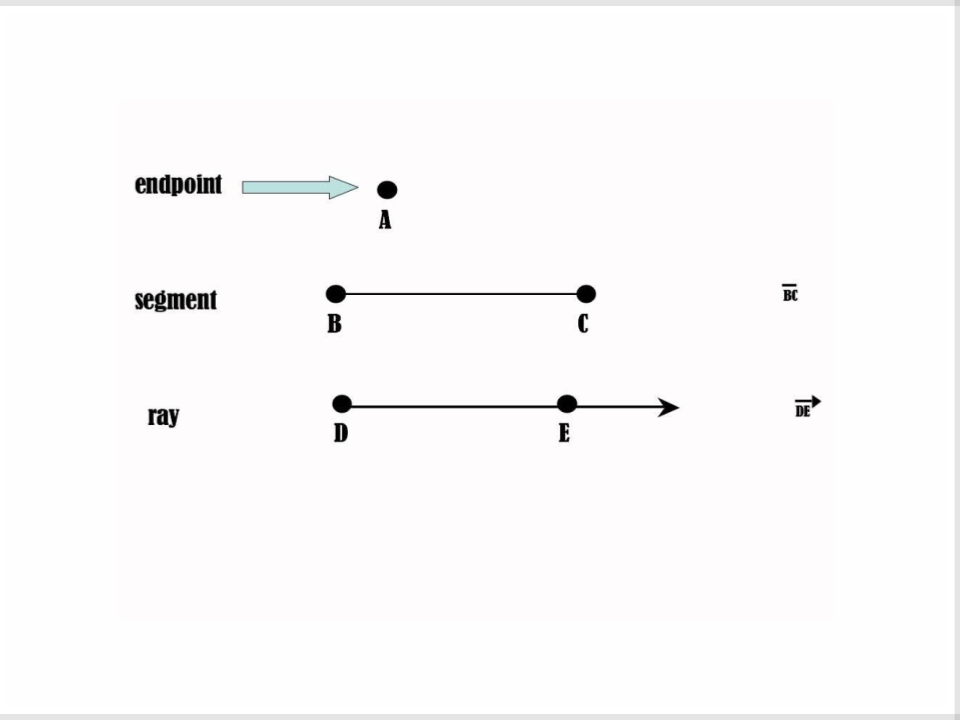
Ray
A part of a line that starts at an endpoint and extends forever in one direction
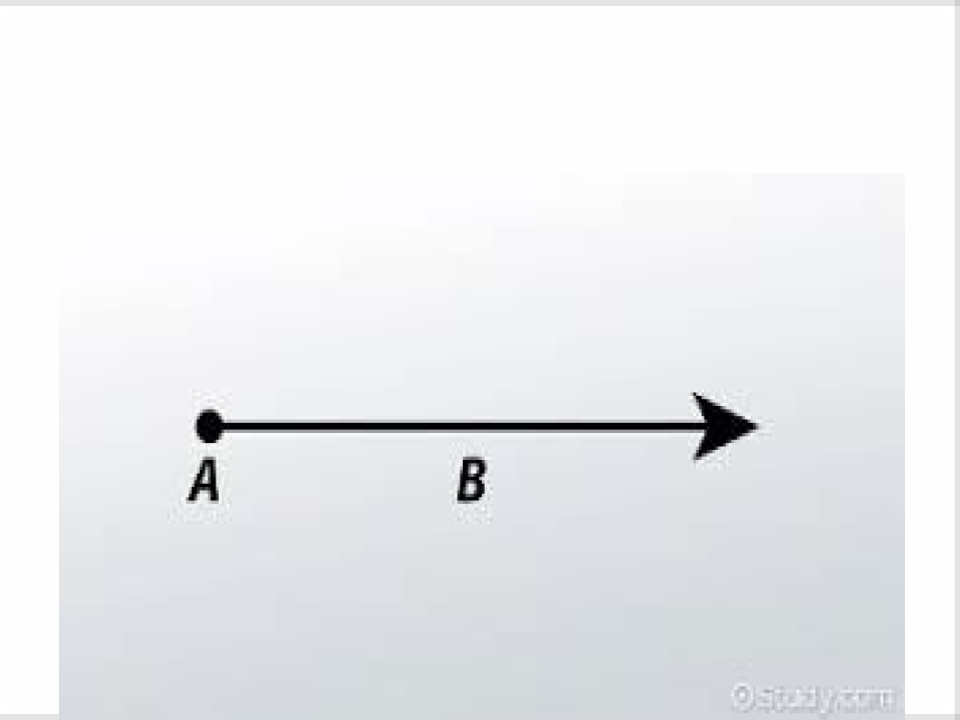
Coplanar
Points that lie on the same plane
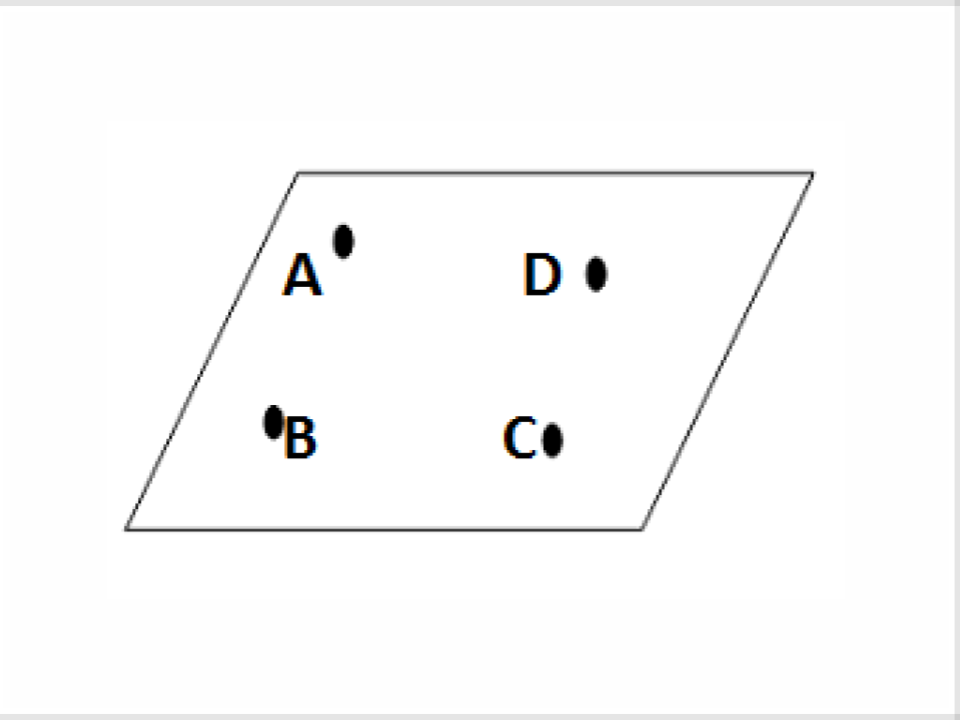
Parallel Lines
Lines in the same plane that do not intersect
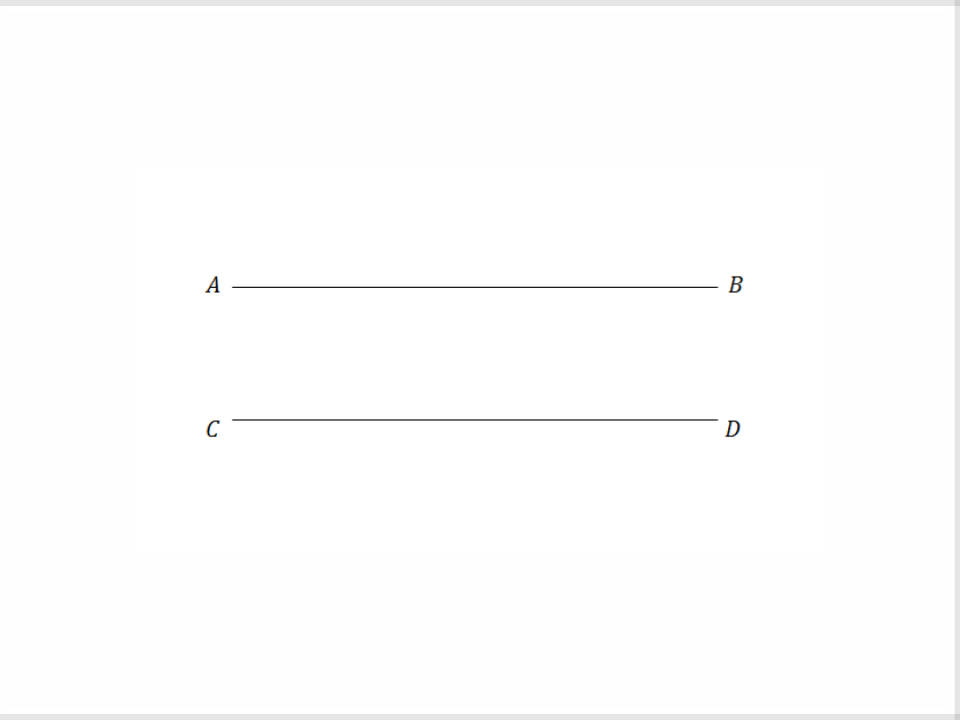
Parallel Planes
Planes that do not intersect
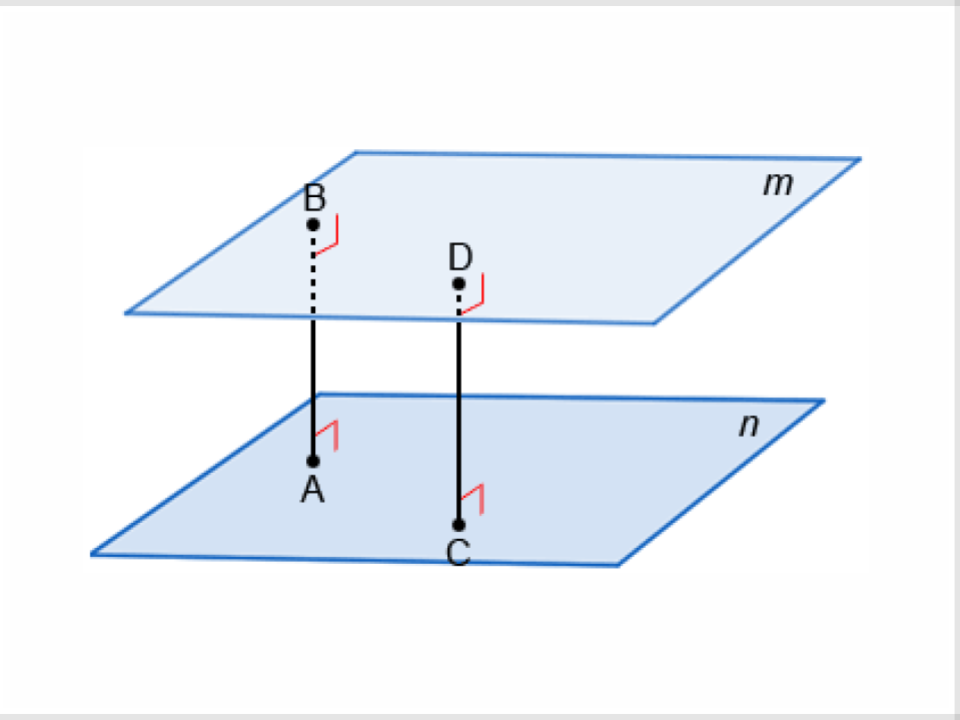
Collinear
Points that lie on the same line

Segment Addition Postulate
A statement about collinear points

Postulate
A statement that is accepted as true without proof. Also called an axiom
Distance Formula
The distance between two points (x1, y1) and (x2, y2) on the coordinate plane is √((x2-x1)^2 + (y2-y1)^2)
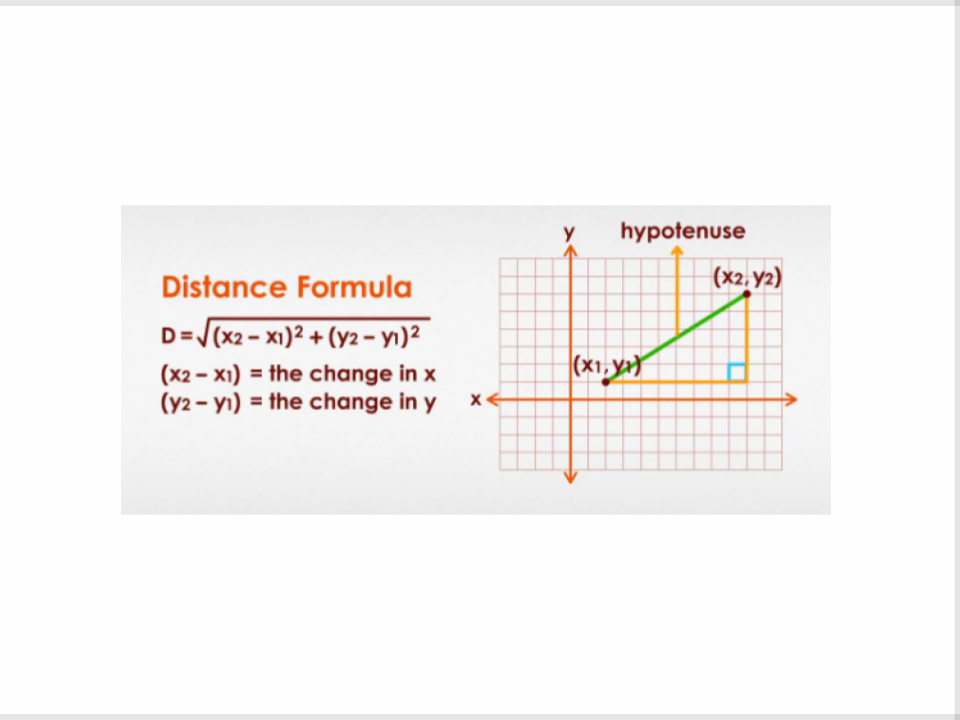
Midpoint
The point that divides a segment into two congruent segments
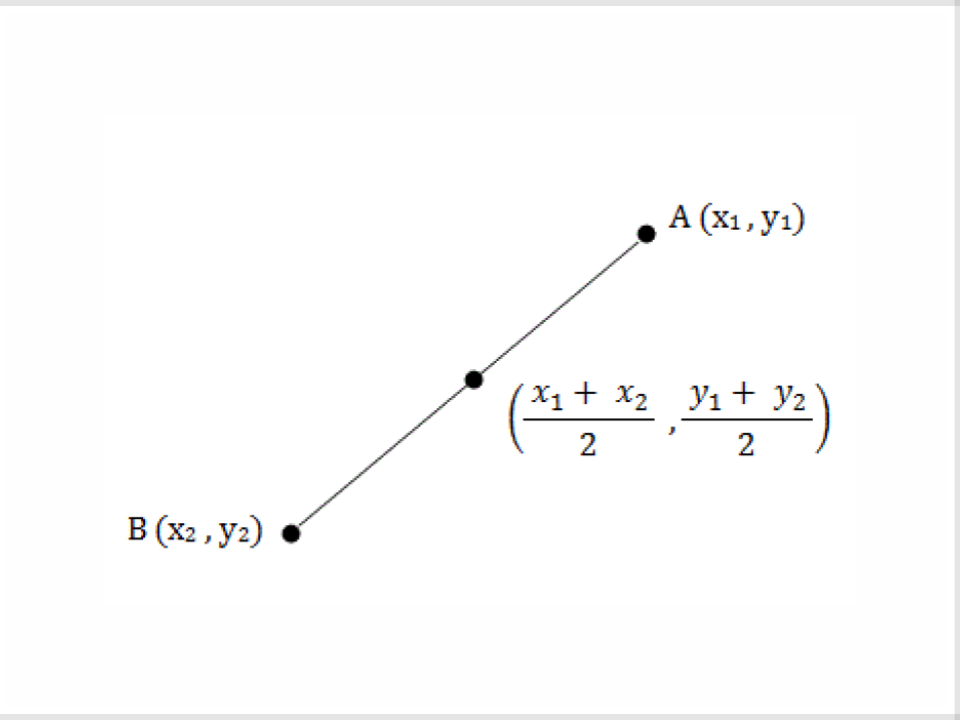
Segment Bisector
A line, ray, or segment that divides a segment into two congruent segments
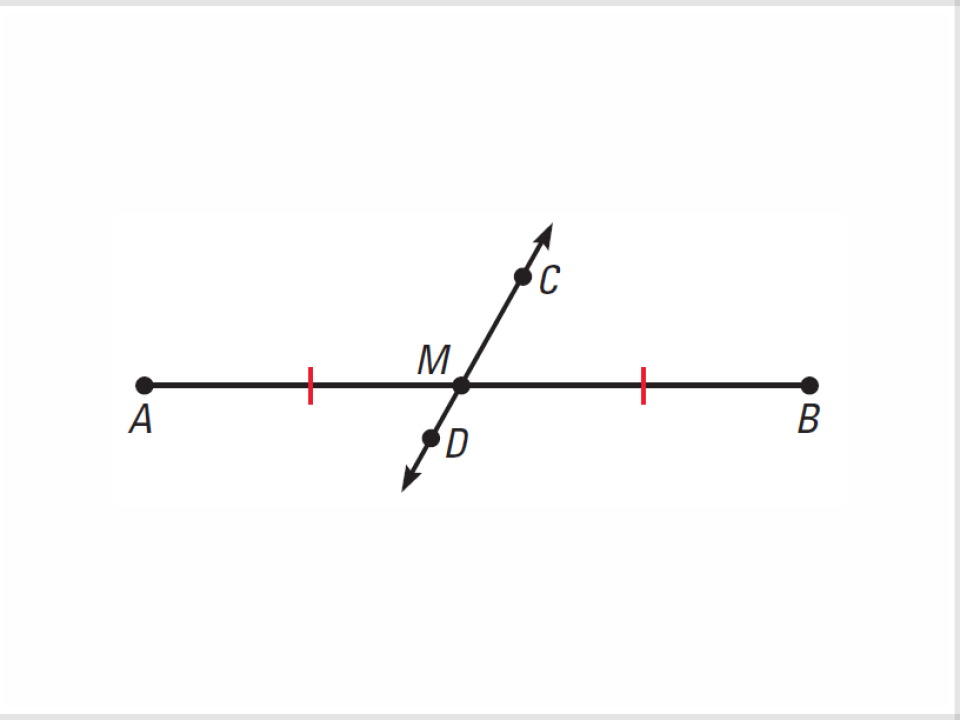
Midpoint Formula
The midpoint M of segment AB with endpoints A(x1, y1) and B(x2,y2) is given by m( (x1+x2)/2, (y2+y1)/2 )
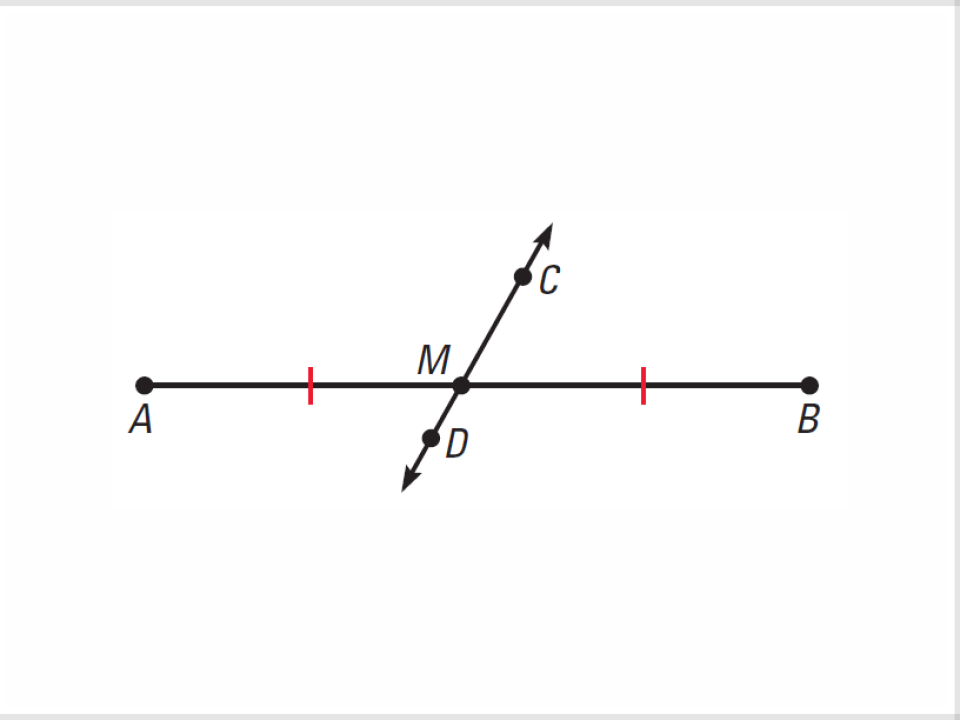
Angle
Figure formed by two rays with a common endpoint

Vertex of an Angle
The common endpoint of the sides of the angle
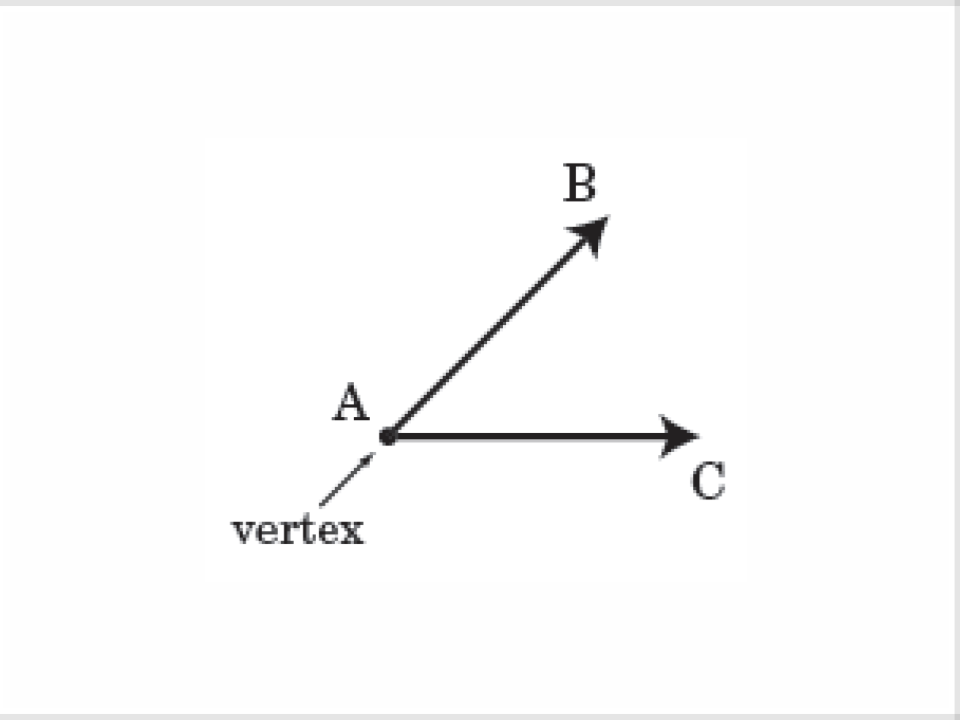
Adjacent Angles
Two angles in the same plane with a common vertex and a common side, but no common interior points
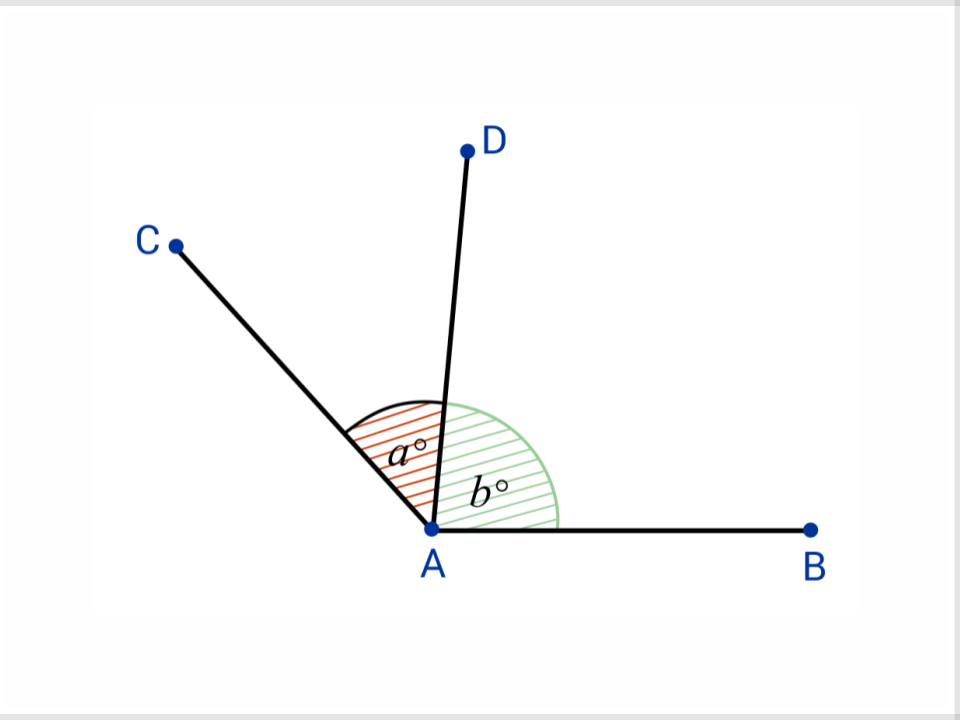
Side of an Angle
One of two the rays that form an angle
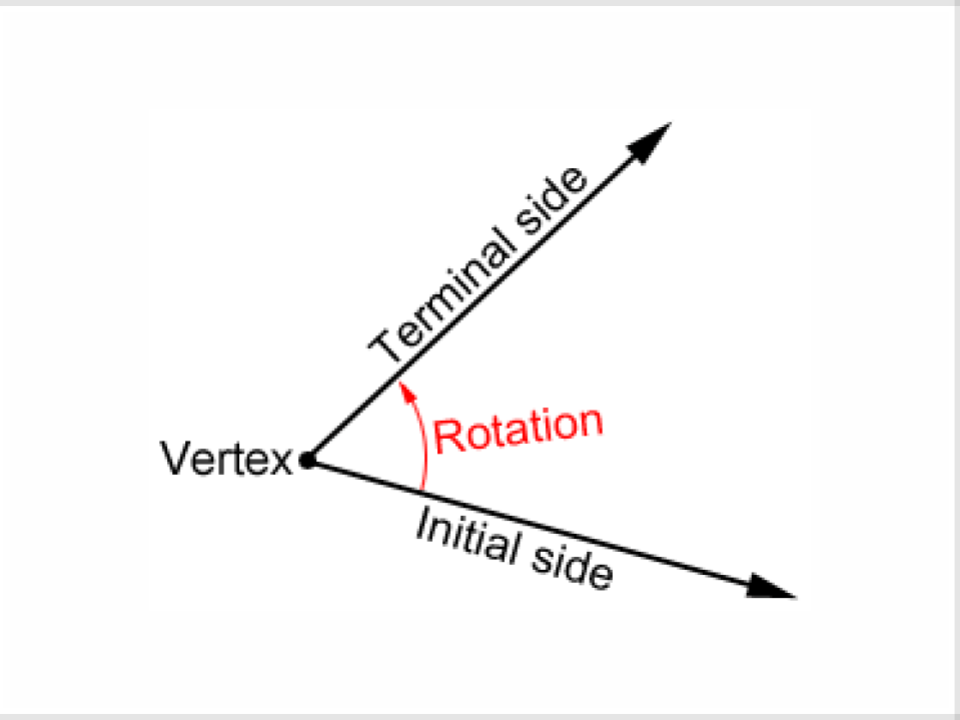
Acute Angle
An angle that measures greater than 0 degrees and less than 90 degrees
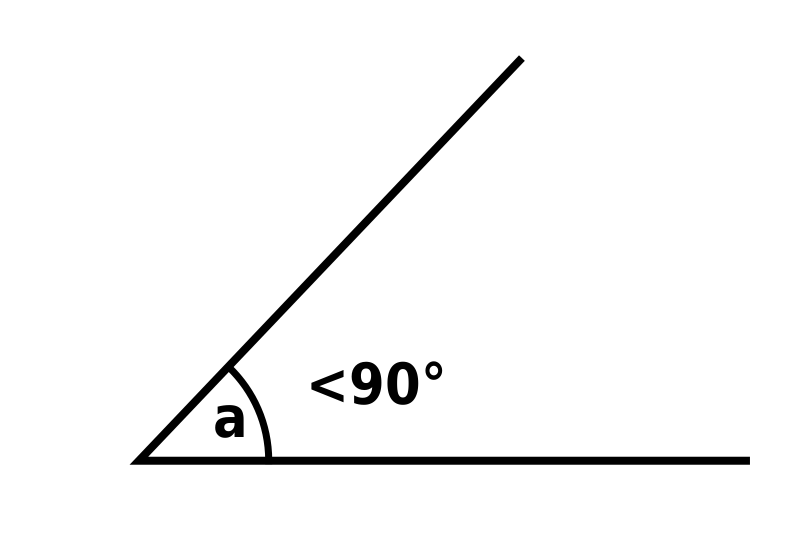
Right Angle
An angle that measures 90 degrees
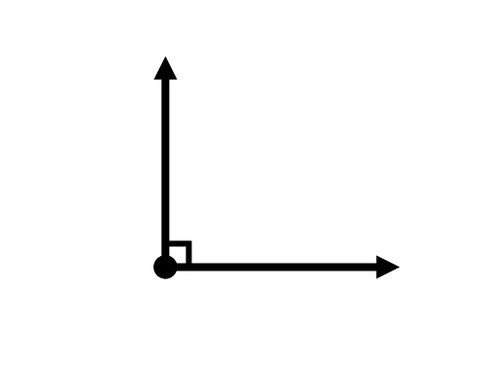
Obtuse Angle
An angle that measures greater than 90 degrees and less than 180 degrees

Straight Angle
A 180 degree angle
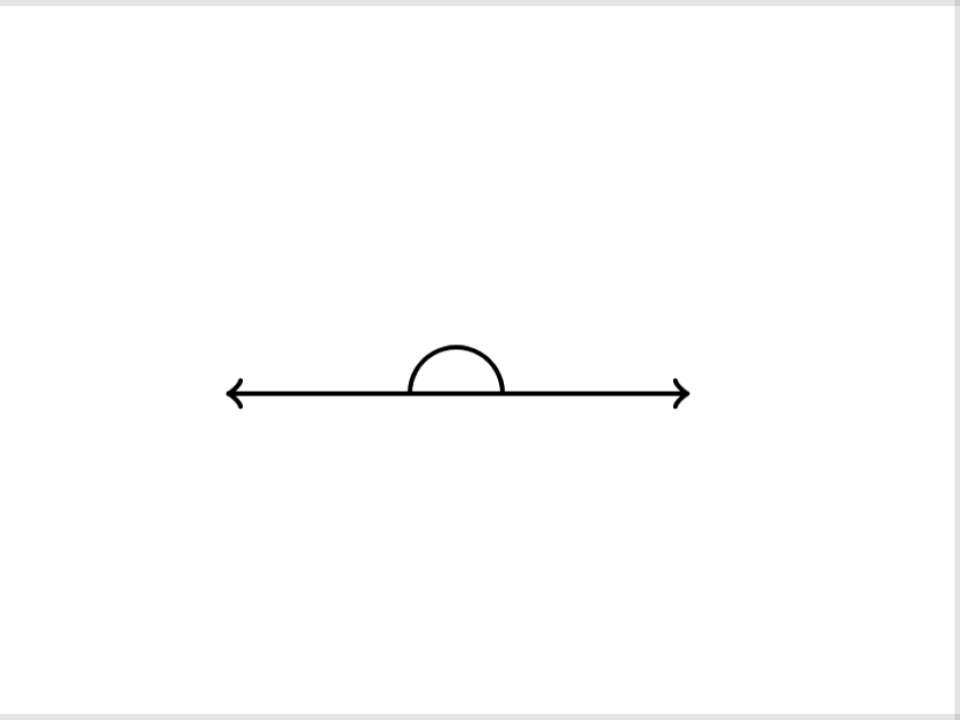
Degrees
A common measurement unit for circular arcs
Angle Bisector
A ray that divides an angle into two congruent angles
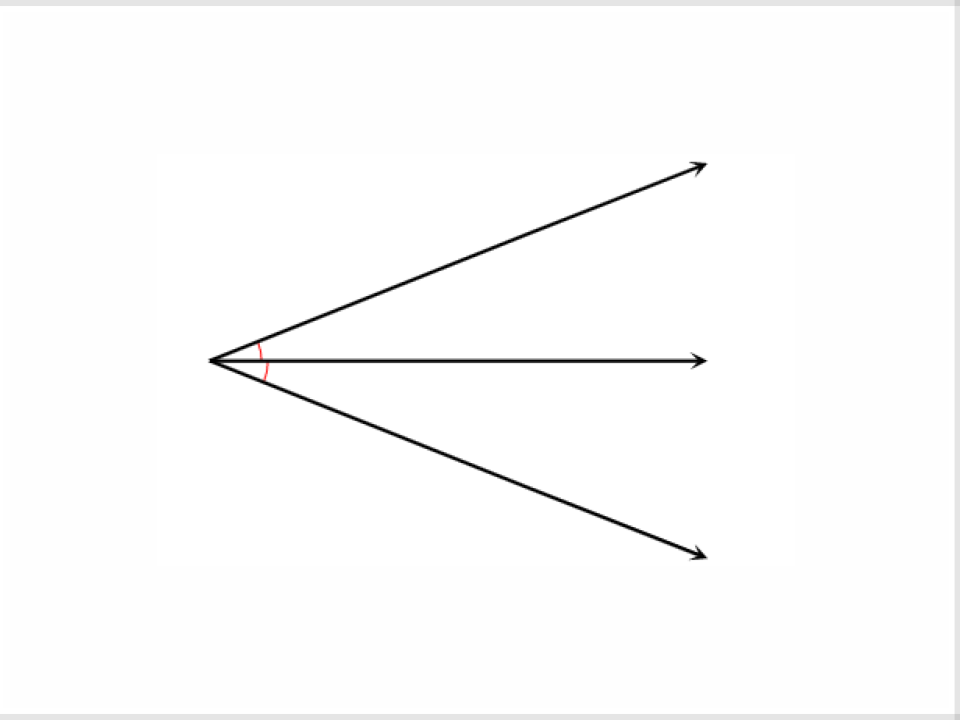
Angle Addition Postulate
A ray that divides an angle into two angles that both have the same measure
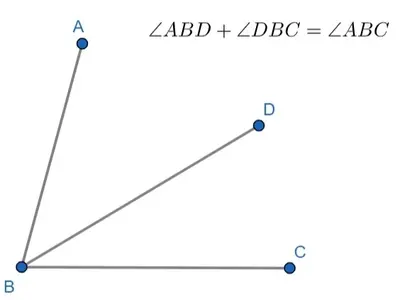
Transformation
A change in the position, size, or shape of a figure on a graph

Preimage
The original image in a transformation
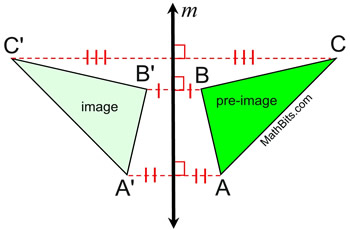
Image
The image that results from a transformation of a figure known as the preimage

Isometry
A transformation that does not change the shape or size of a figure. Examples: reflections, translations, and rotations
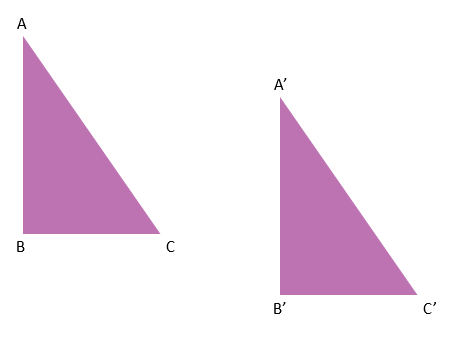
Properties of Rigid Motions
Transformations that changes the position of the a figure without changing size or shape
Rigid Motions preservers:
Distance
Angle Measure
Betweenness
Collinearity
Parallelism
Conjecture
A statement that is believed to be true
Example:
A sequence begins with the terms 2, 4, 6, 8, 10
A reasonable conjecture is that the next term in the sequence is 12
Inductive Reasoning
The process of reasoning that a rule or statement is true because specific cases are true
Deductive Reasoning
The process of using logic to draw conclusions
Theorem
A statement that has been proven
Counter Example
An example that proves that a conjecture or statement is false
Conditional Statement
A statement that can be written in form “if p, then q,” where p is the hypothesis and q is the conclusion
If x+1=5 (hypothesis), then x=4 (conclusion)
Additional Property of Equality
If a=b, then a+c = b+c
Subtraction Property of Equality
If a=b, then a-c = b-c
Multiplication Property of Equality
If a=b, then ac =bc
Division Property of Equality
If a=b, then a/c = b/c
Reflexive Property of Equality
If a=a, then a=a
Symmetric Property of Equality
If a=b, then b=a
Transitive Property of Equality
If a=b and b=c, then a=c
Substitution Property of Equality
If a=b, then b can be substituted for a in any expression
Supplementary Angles
Two angles whose measures have a sum of 180 degrees
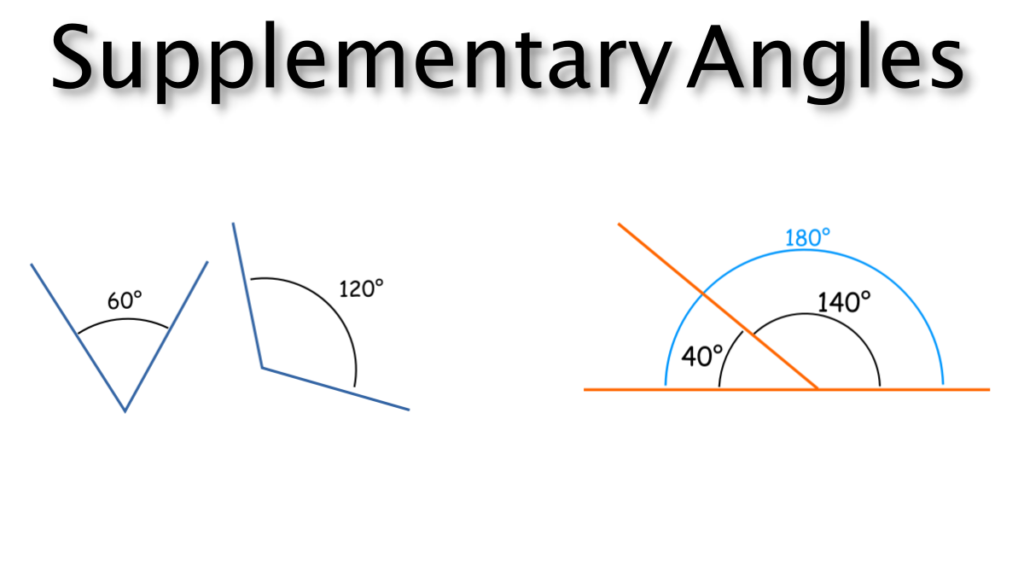
Linear Pair
A pair of adjacent angles whose non-common side is opposite rays
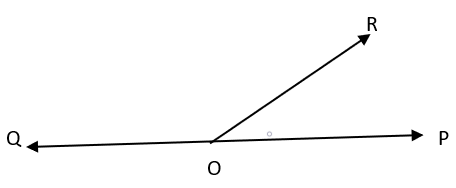
Linear Pair Theorem
If two angles form a linear pair, then they are supplementary
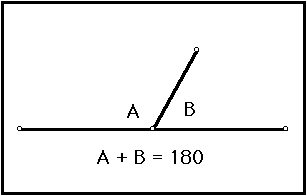
Postulates about Point, lines, and Planes
Through any two points, there is exactly one line
Through any three noncollinear points, there is exactly one plane containing them
If two points lie in a plane, then the line containing those points lie in the plane
If two lines intersect, then they intersect in exactly one time
If two planes intersect, then they intersect in exactly one line
Vector
A quantity that as both magnitude and direction

Initial point of Vector
The starting point of a vector
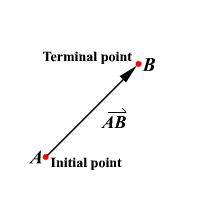
Terminal Point of Vector
The endpoint of a vector
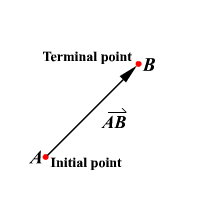
Translation
Transformation that shifts or slides every point of a figure or graph the same distance in the same direction
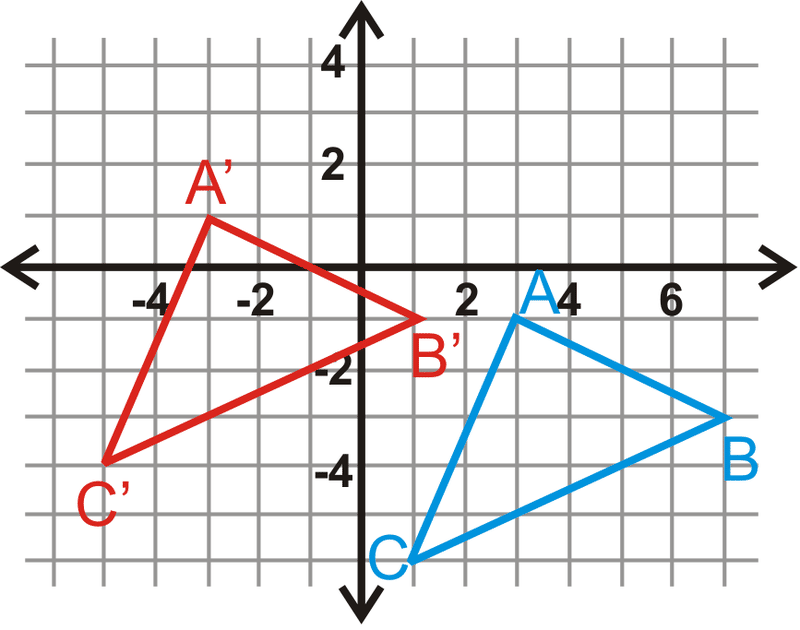
Rules of Translations
Translation Right:
(x,y)→(x+a,y)
Translation Left:
(x,y)→(x-a,y)
Translation Up:
(x,y)→(x,y+a)
Translation Down:
(x,y)→(x,y-a)
Perpendicular Lines
Lines that intersect at 90 degree angles
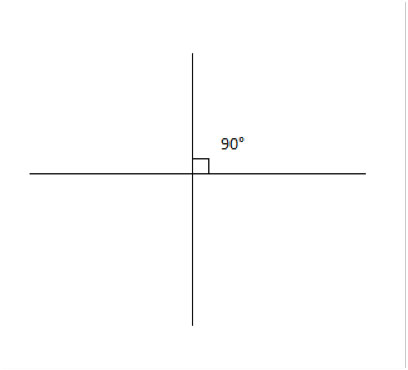
Perpendicular Bisector of a Segment
A line perpendicular to a segment at the segment’s midpoint

Reflection
A transformation across a line, called the line of reflection, such that the line of reflection is perpendicular bisector of each segment joining each point and its image

Rules of Reflection
Reflection across x-axis:
(x,y)→(x,-y)
Reflection across y-axis:
(x,y)→(-x,y)
Reflection across y=x:
(x,y)→(y,x)
Reflection across y=-x:
(x,y)→(-x,-y)
Rotation
A transformation about a point p, also known as the center of rotation, such that each point and its image are the same distance from p. All angles with vertex p formed by a point and its image are congruent

Center of rotation
The point around which the figure is rotated

Angle of Rotation
An angle formed by a rotating ray, called the terminal side, and a stationary reference called the initial side
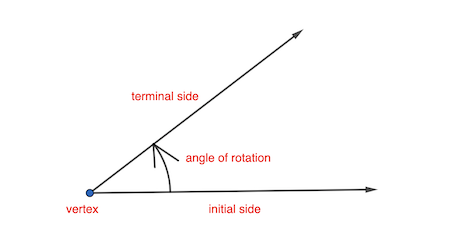
Rules of Rotations
90 degree rotation counterclockwise:
(x,y)→(-y,x)
180 degree rotation:
(x,y)→(-x,-y)
270 degree rotation counterclockwise:
(x,y)→(y,-x)
360 degree rotation:
(x,y)→(x,y)
Symmetry
In the transformation of a figure such that the image coincides with the preimage, the image and preimage have symmetry
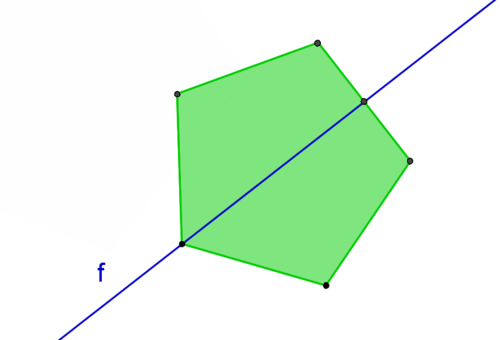
Line Symmetry
A figure that can be reflected across a line so that the image coincides with the preimage
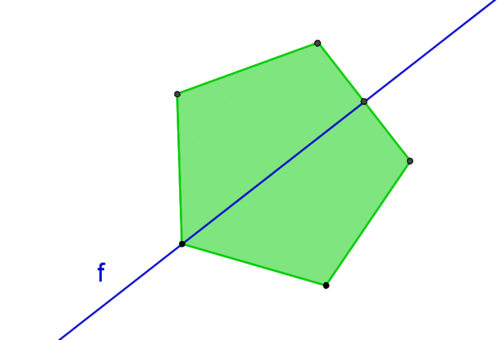
Line of Symmetry
A line that divides a plane or figure into two congruent reflected halves
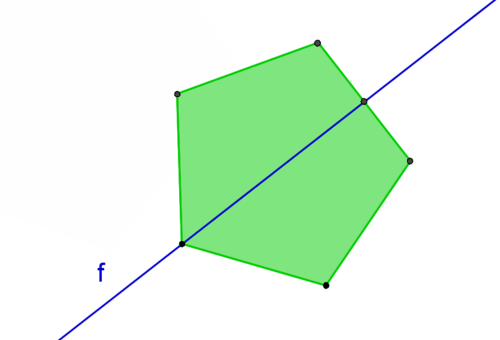
Rotational Symmetry
A figure that can be rotated about the point by an angle less than 360 degrees so that the image coincides with the preimage has rotational symmetry
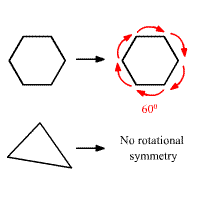
Angle of Rotational Symmetry
The smallest angle through which a figure with rotational symmetry can be rotated to coincide with itself

Vertical Angles
A pair of non-adjacent angles formed by two intersecting lines
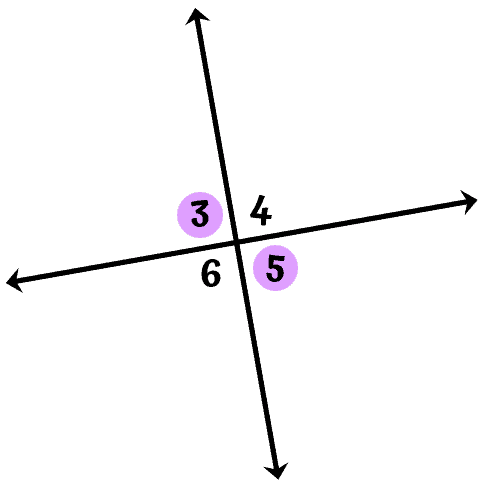
Complementary Angles
Two angles whose measures have a sum of 90 degrees
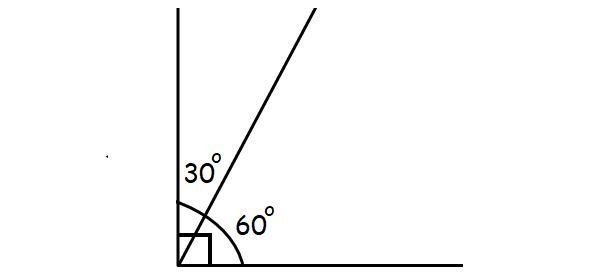
Vertical Angles Theorem
If two angles are vertical angles, then the angles are congruent
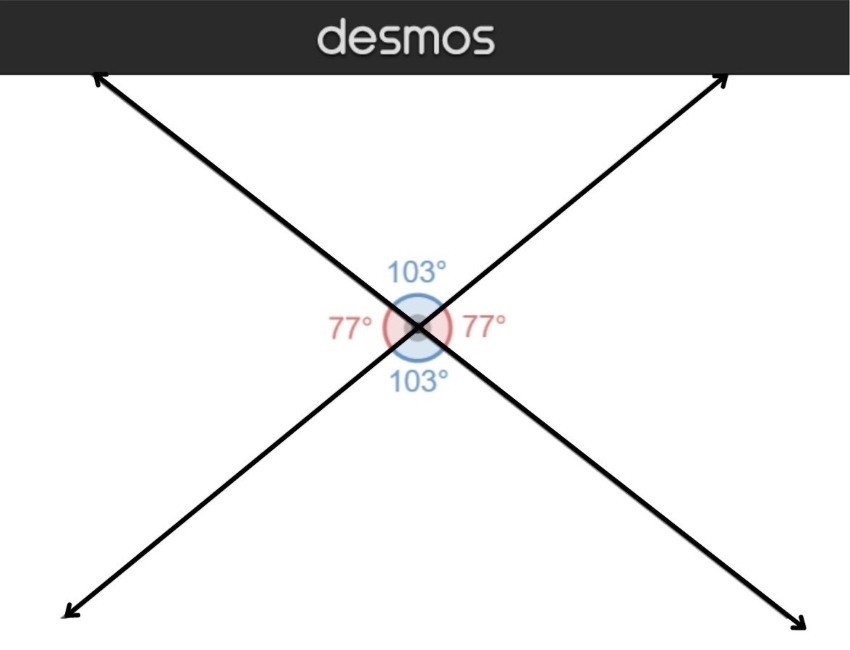
Transversal
A line that intersects two coplanar lines at two different points
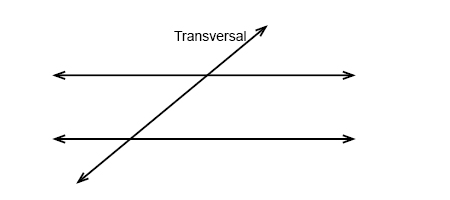
Corresponding Angles of Lines Intersected by a Transversal
For two lines intersected by a transversal, a pair of angles that lie on the same side of the transversal and the same side of the two other lines.
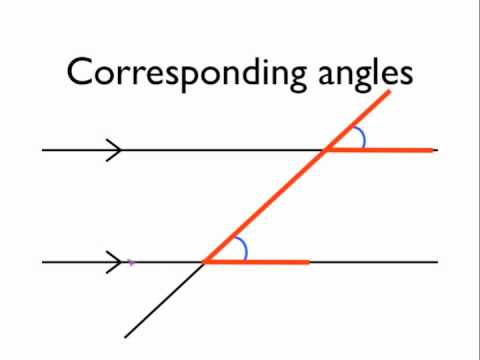
Same-Side Interior Angles
For two lines intersected by a transversal, a pair of angles that lie on the same side of the transversal and between the two lines
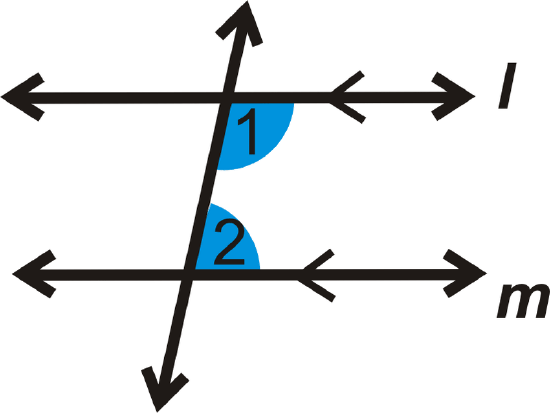
Alternate Interior Angles
For two lines intersected by a transversal, a pair of nonadjacent angles that lie on opposite sides of the transversal and between the two other lines

Alternate Exterior Angles
For two lines intersected by a transversal, a pair of nonadjacent angles that lie on opposite sides of the transversal and between the two other lines
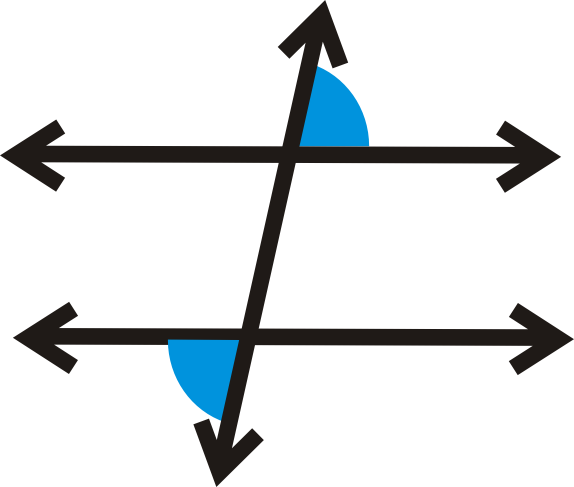
Same-side Angle Postulate
If two parallel lines are cut by a transversal, then the pairs of same-side interior angles are supplementary
Alternate Interior Angle Theorem
If two parallel lines are cut by a transversal, then the pairs of alternate interior angles have the same measure
Corresponding Angles Theorem
If two parallel lines are cut by a transversal, then the pairs of corresponding angles have the measure
Converse
The statement formed by exchanging the hypothesis and the conclusion of a conditional statement
Statement: if n+1=3, then n=2
Converse: if n=2, then n+1=3
Converse of Same-side Angles
If two lines are cut by a transversal so that a pair of same side interior angles are supplementary, the lines are parallel
Converse of the Alternate Interior Angles Theorem
If two lines are cut by a transversal so that any alternate interior angles are congruent, then the lines are parallel
Converse of the Corresponding Angles Theorem
If two lines are cut by a transversal so that any corresponding angles are congruent, then the lines are parallel
perpendicular Bisector Theorem
If the point is on the perpendicular bisector of a segment, then it is equidistant from the endpoints of the segment
Converse of the Perpendicular Bisector Theorem
If a point is equidistant from the endpoints of the segment, then it lies on the perpendicular bisector of a segment
Corresponding Parts of Congruent Figures
If the figures are congruent, then corresponding sides are congruent and corresponding angles are congruent
Biconditional
A statement that can be written in the form of “p if and only if q”
Example:
A figure is a triangle only if it is a three sided polygon
Contrapositive
A statement formed by both exchanging and negating the hypothesis and conclusion of a conditional statement
Example:
Statement: n+1=3, then n=2
Contrapositive: n≠2, then n+1≠3
ASA Triangle Congruence Theorem
If two angles and the included side of one triangle is congruent to two angles and the included side of another triangle, then the triangles are congruent
SAS Triangle Congruence Theorem
If two sides and the included angle of a triangle are congruent to two sides and the included angle of another triangle, then the triangles are congruent
SSS Triangle Congruence Theorem
If three sides of a triangle is congruent to three sides of another triangle, then the triangles are congruent
AAS Triangle Congruence Theorem
If two angles and the non-included side of one triangle is congruent to two angles and the non-included side of another triangle, then the triangles are congruent
Hypotenuse
The side opposite the right angle in a right triangle
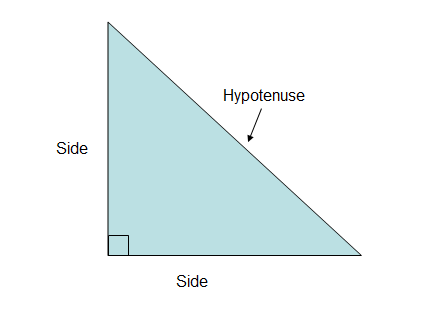
Leg of a Right Triangle
One of the two sides of the right triangle that form the right angle
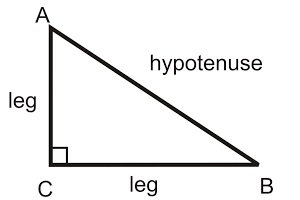
Hypotenuse-Leg Triangle Congruence Theorem
If a hypotenuse and a leg of a right triangle is congruent to a hypotenuse and a leg of another right triangle, then the triangles are congruent
Interior Angle
The angle formed by two sides of a polygon with a common vertex
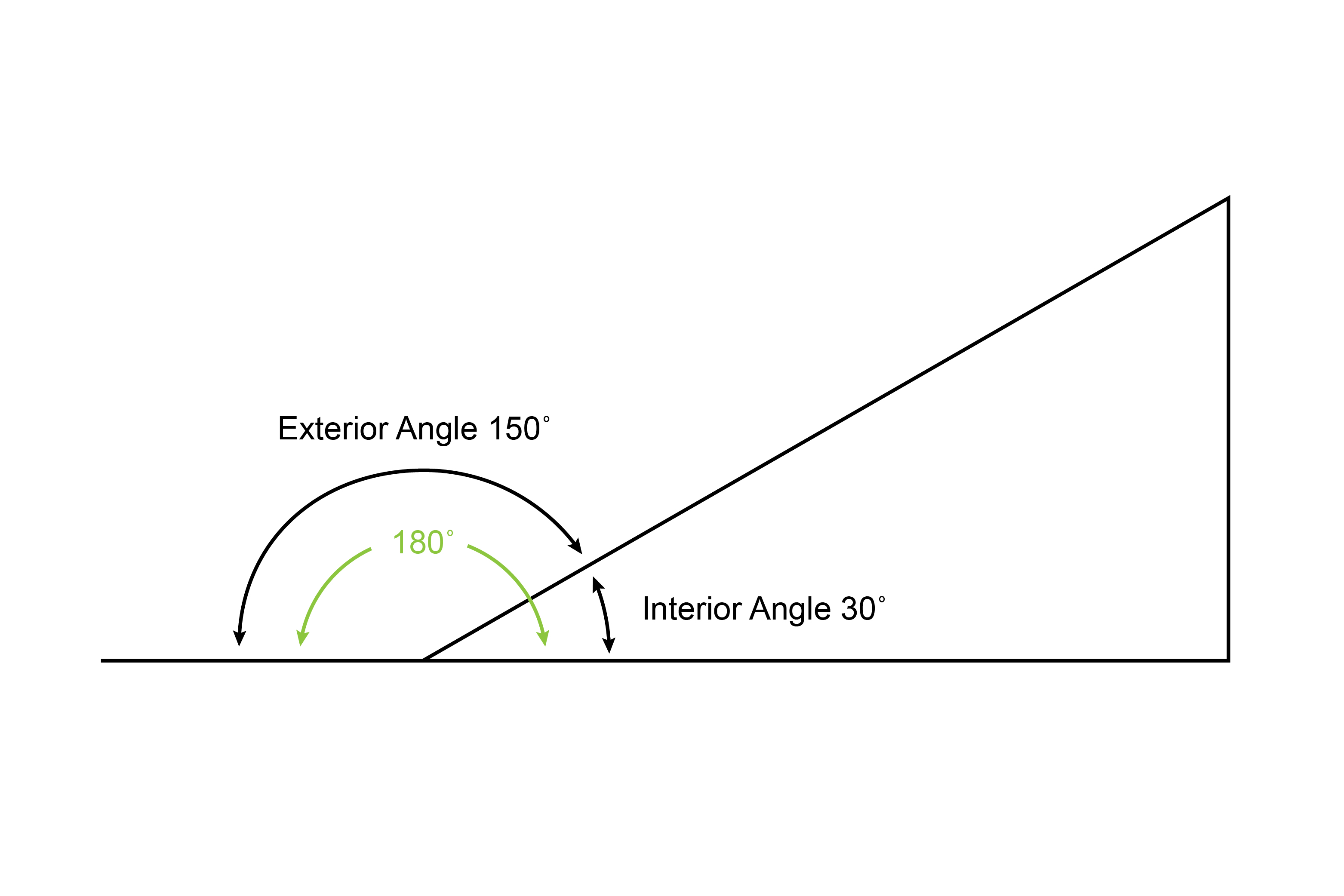
Auxiliary Line
A line drawn in a figure to aid in a proof
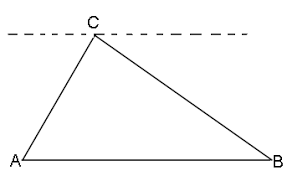
Triangle Angle Sum Theorem
The sum of the angles measures of a triangle is 180 degrees
Polygon Angle Sum Theorem
The sum of the measures of the interior angles of a convex polygon with n sides (n-2)180
Exterior Angle of a Polygon
An angle formed by one side of a polygon and the extension of an adjacent side
